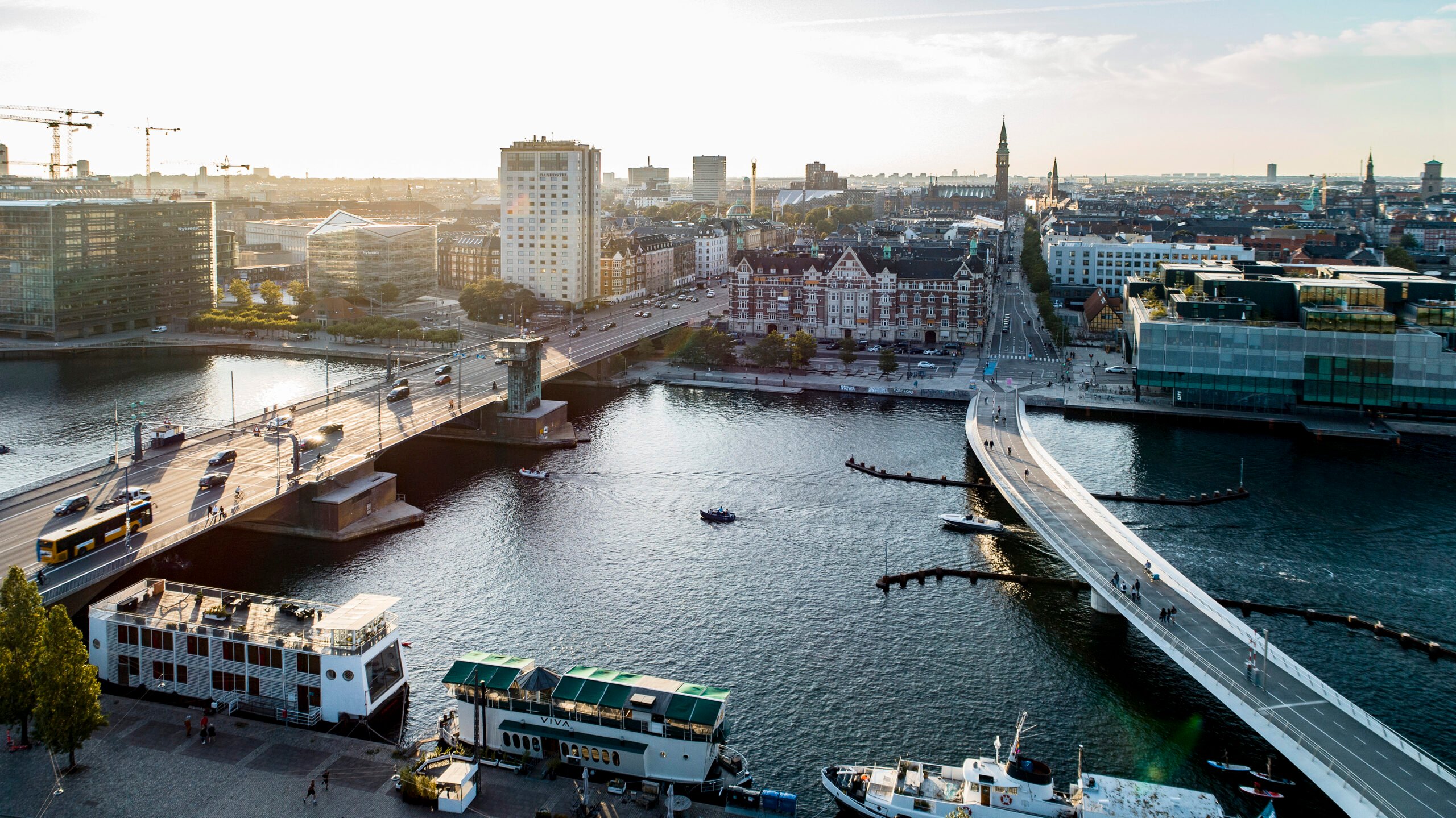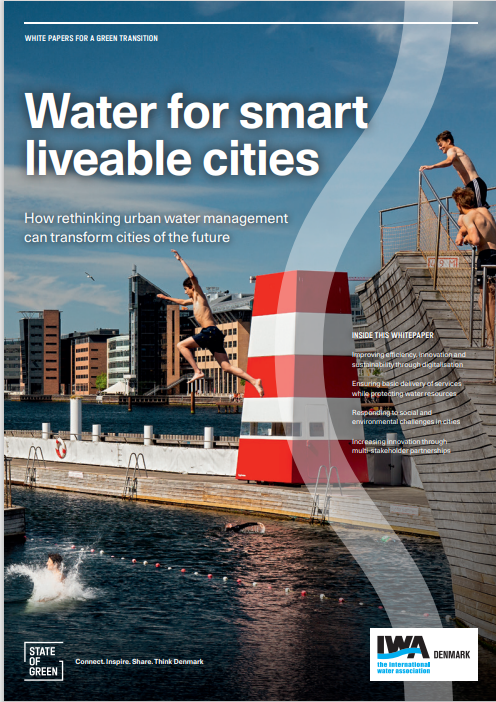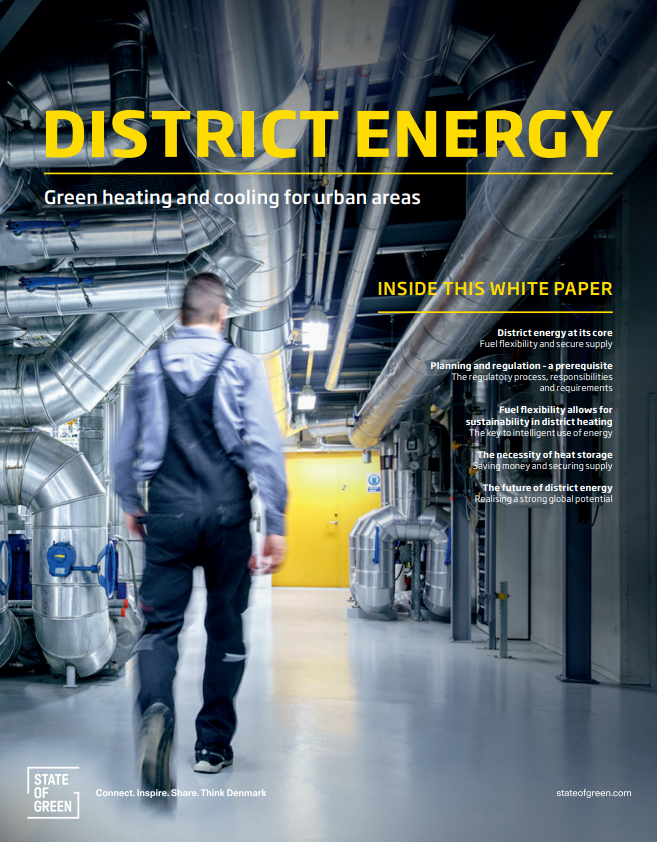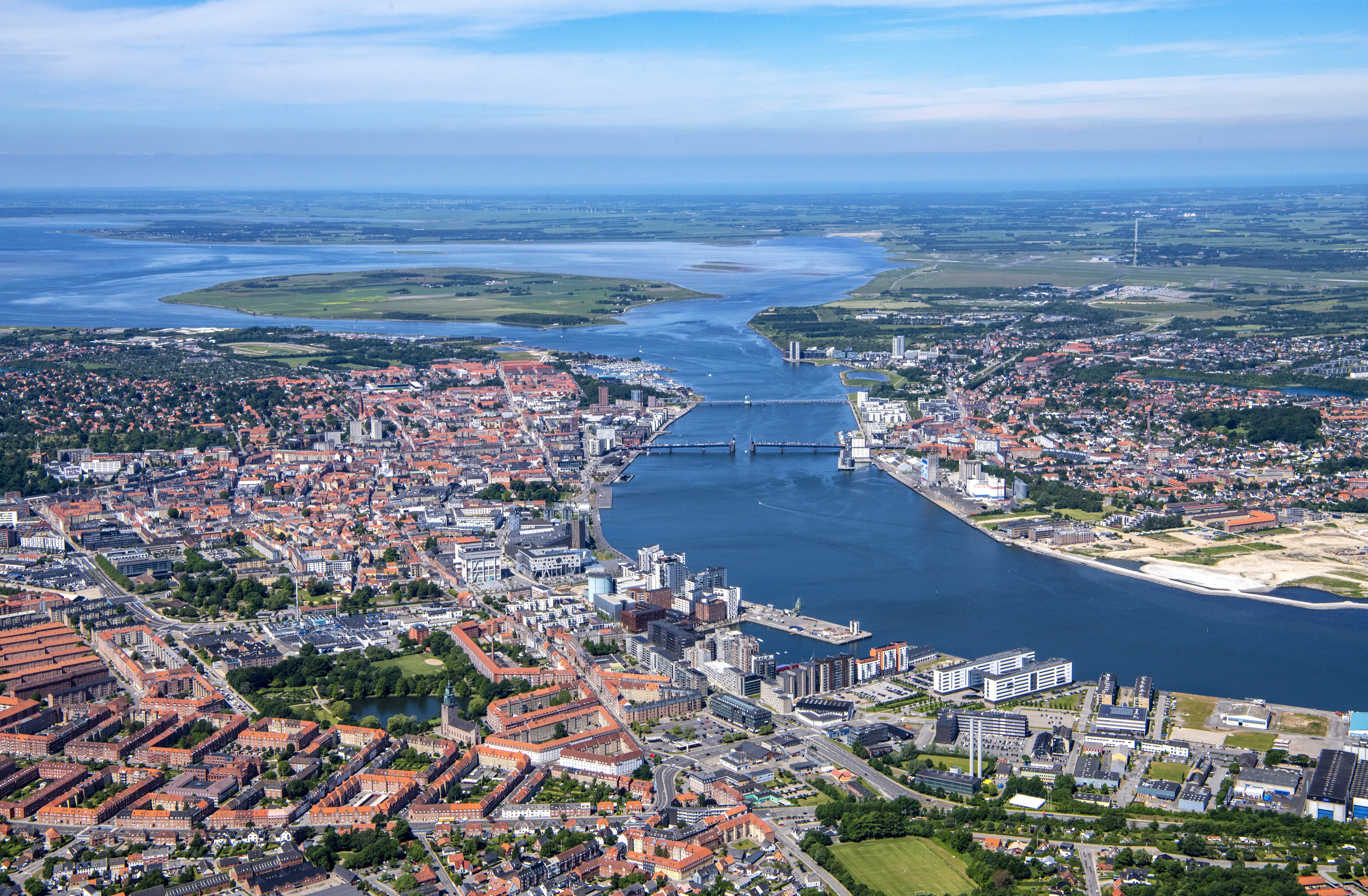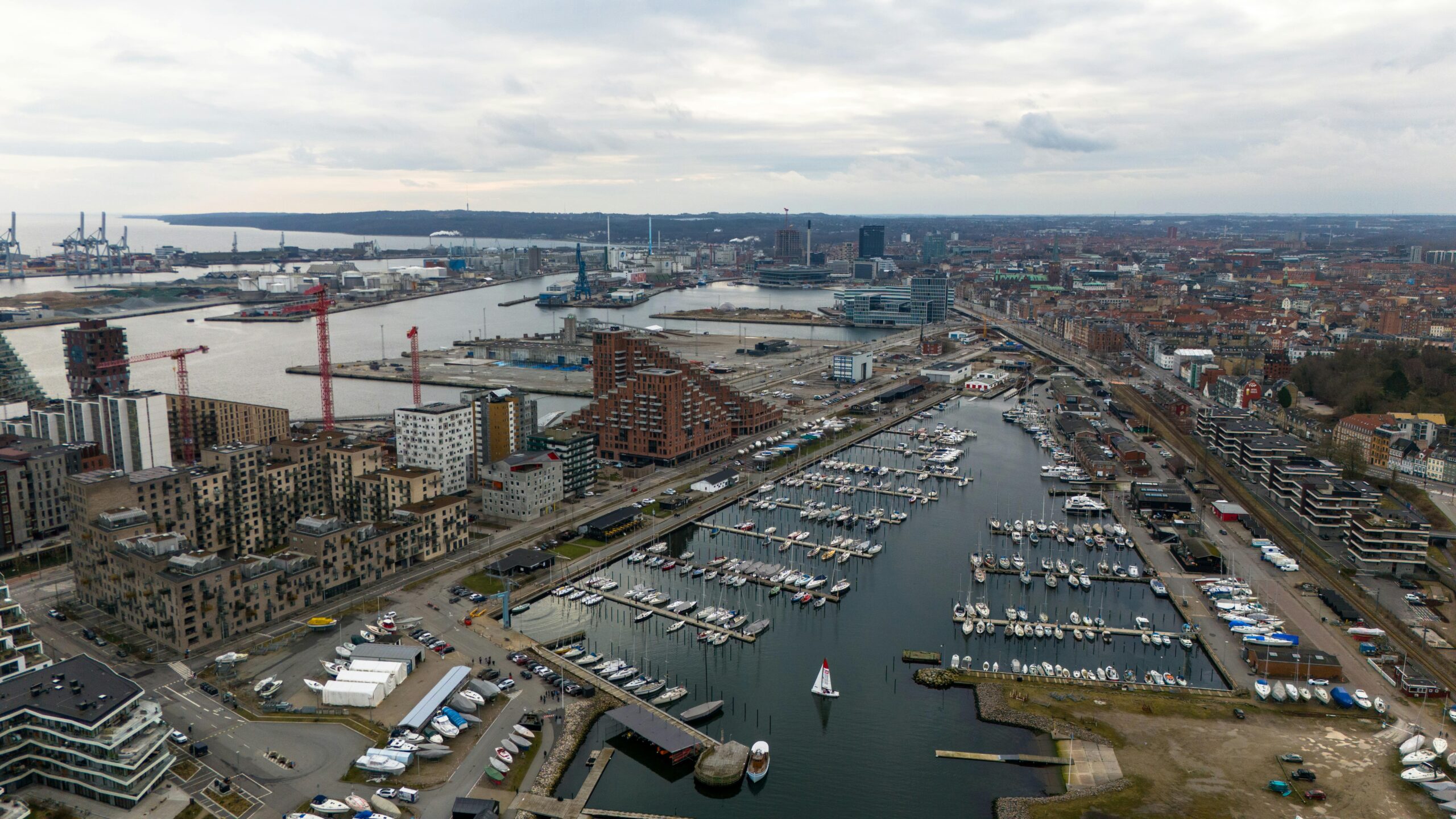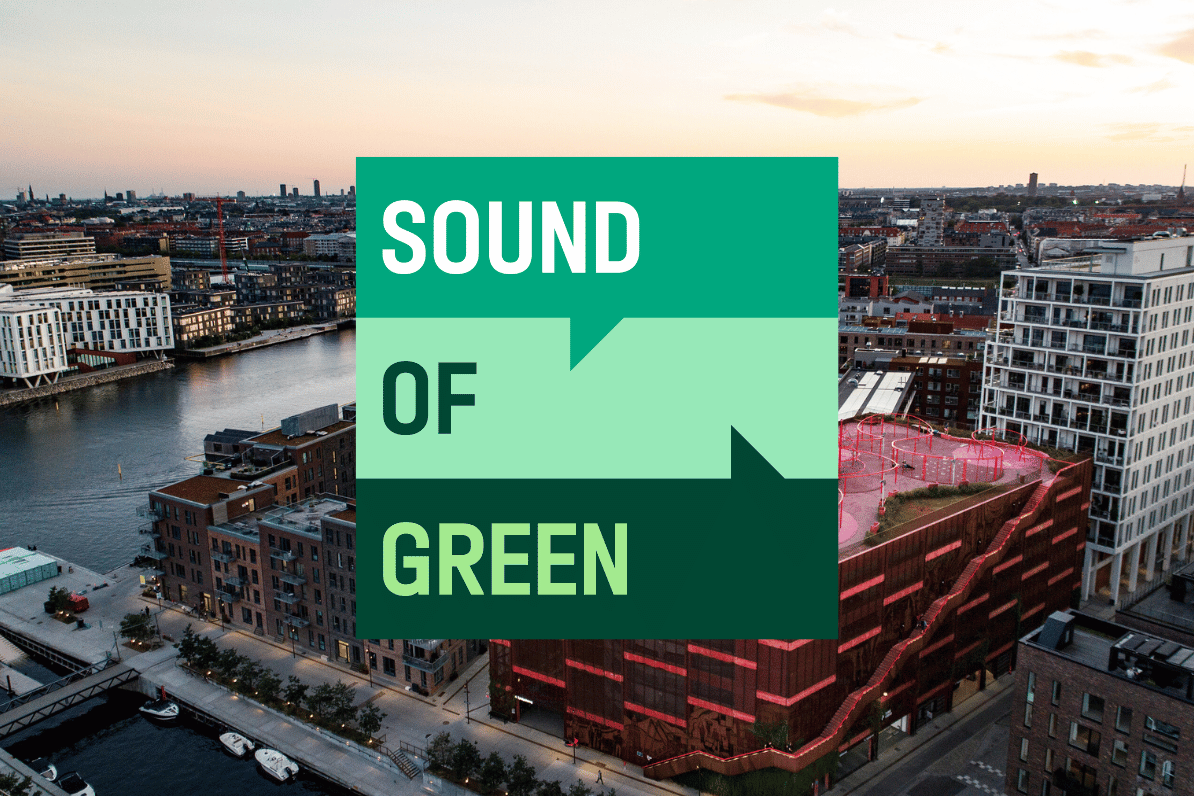News
Urban planning and development
Micromobility
Public transportation
+3
Integrating an intelligent and holistic approach to city planning and transportation management to create more sustainable cities
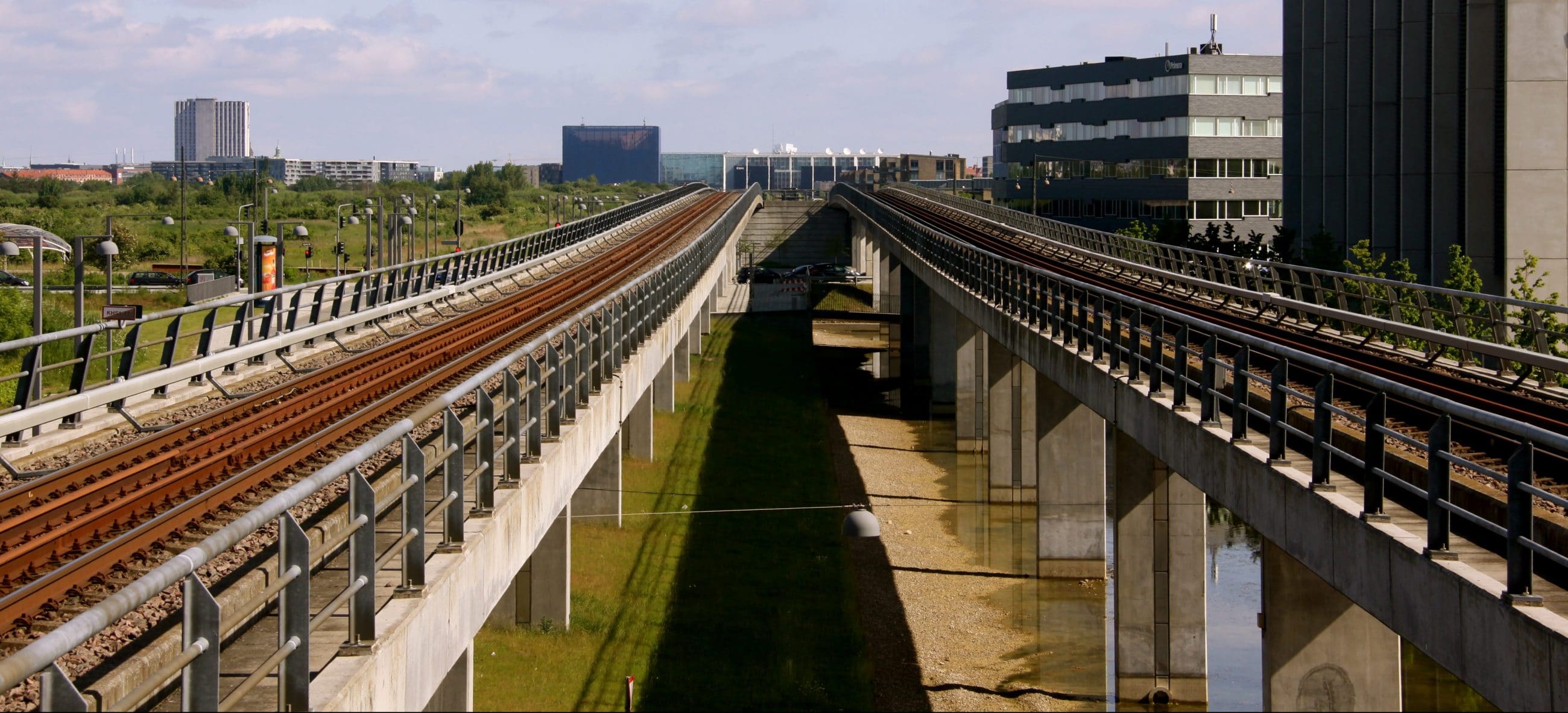

Collaboration across sectors involving multiple stakeholders is part of the reason why Danish cities are some of the most liveable and green cities in the world.
Sustainable transportation also plays a key role in the green city transition. With a transportation sector that accounts for a quarter of the CO2 emissions in the EU, non-oil based transportation alternatives are an important part of the solution.
A holistic approach to urban development
Urban mobility, climate change adaption, resiliency, green and blue areas and air pollution are all examples of vital elements to consider in developing liveable cities of tomorrow. However, rather than seeing these elements as independent areas, substantial economic and environmental gains can be made from adopting a more integrated and holistic approach to urban planning.
It is a common misperception that investments in sustainable solutions exceed the cost of traditional urban planning. In Denmark, we already have substantial proof that this is hardly the case. On the contrary, the implementation of green urban solutions offers strong business cases with short payback times and high return on investment. For instance, by investing largely in both modernising and updating existing infrastructure and in developing new infrastructure, services and technologies, Denmark has managed to decouple the emission in the transportation sector from increased demand for transportation.
Spurring urban development through partnerships
Creating a liveable city means taking a holistic approach through public-private partnerships and cross-sector collaboration, enabling smart, urban solutions that not only make cities prosperous but also healthy, safe and attractive places to live in. Danish cities, both big and small, have applied unique public-private partnership models for solving many of their challenges related to climate adaptation, energy efficiency, mobility and liveability.
Denmark has for many years been a frontrunner within urban mobility planning. We hold a strong tradition for people from all layers of society to bike and it has become an integral part of the Danish story. In fact, cycling accounts for 42% of all trips to work and study in Copenhagen. The Danish companies and municipalities, therefore, have the perfect conditions for testing and developing state of the art solutions for bicycle infrastructure.
You should consider reading
Perspective
Urban planning and development
+1
Urban planning and development the Danish way
10 July 2023publications
Climate change adaptation
+11
Water for smart liveable cities
1 August 2022publications
Combined heat and power production
+10
District Energy
1 October 2021News
Urban planning and development
+12
